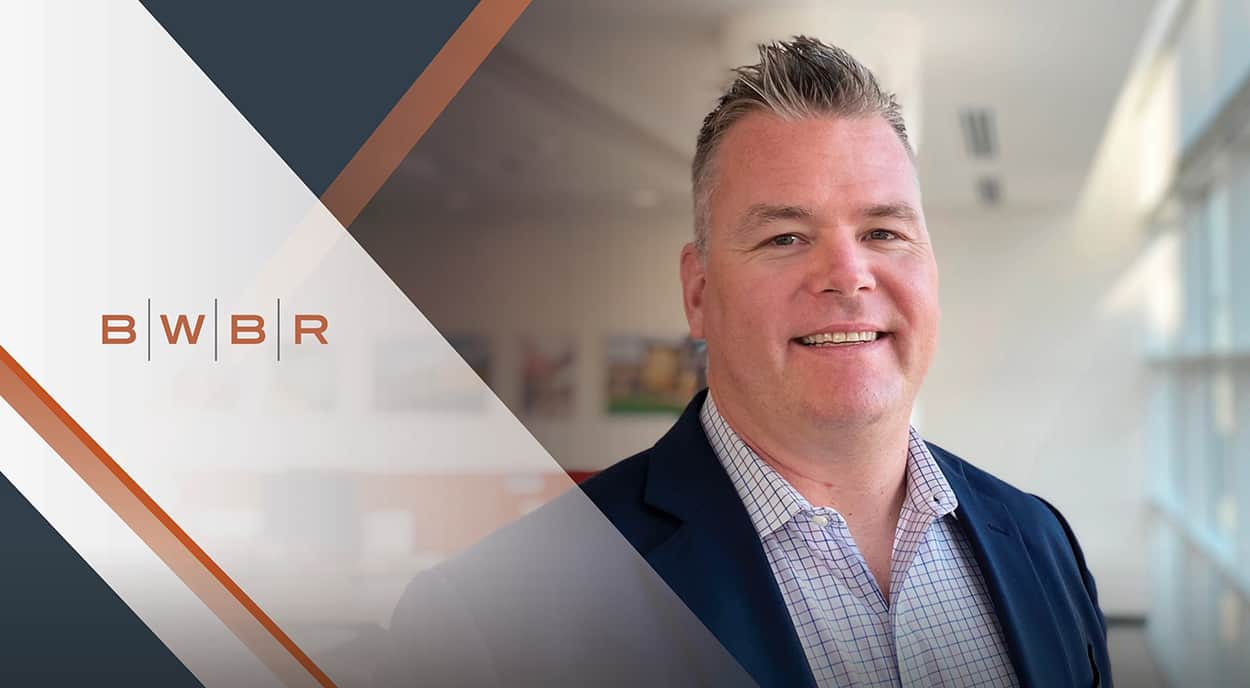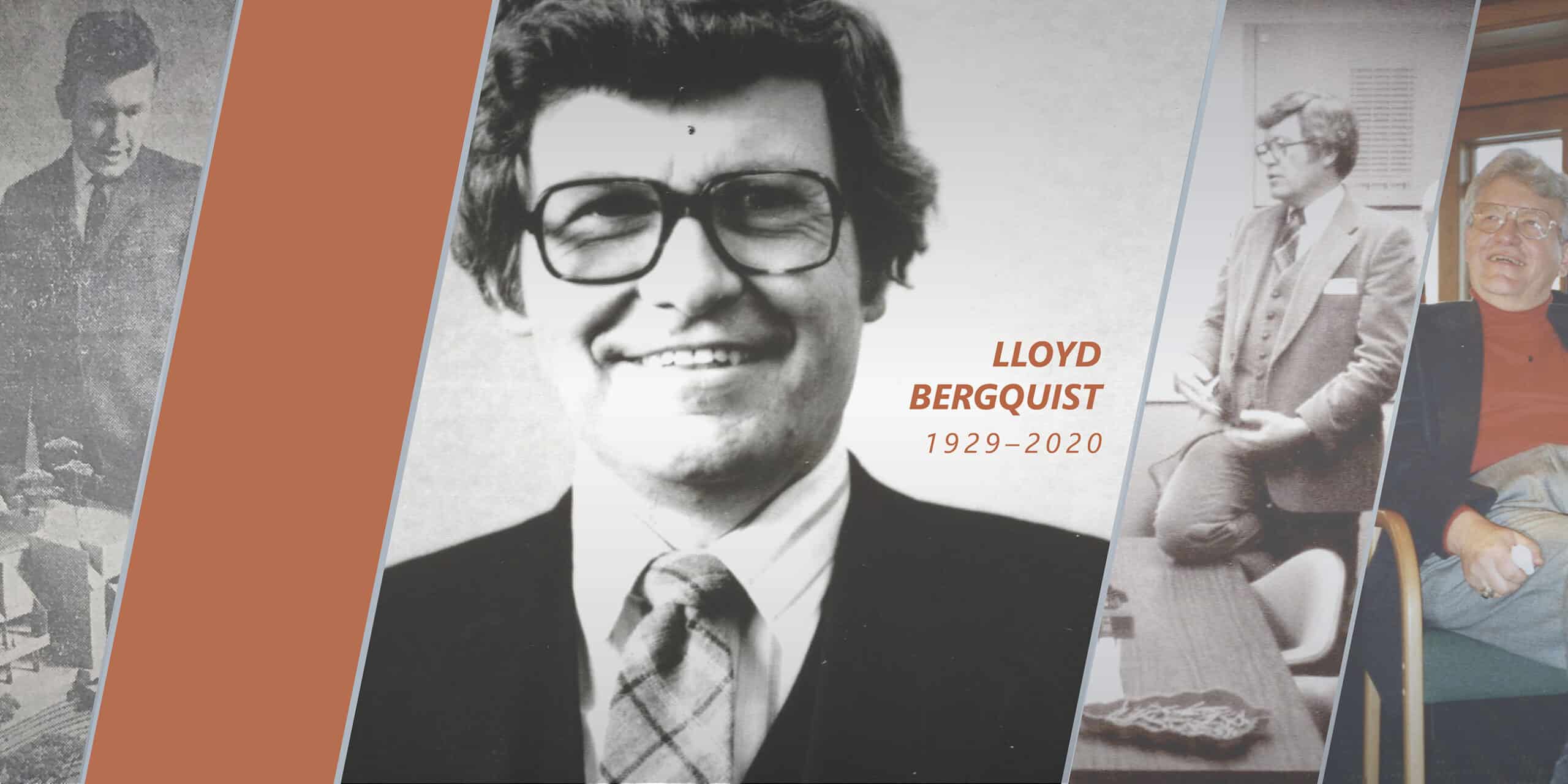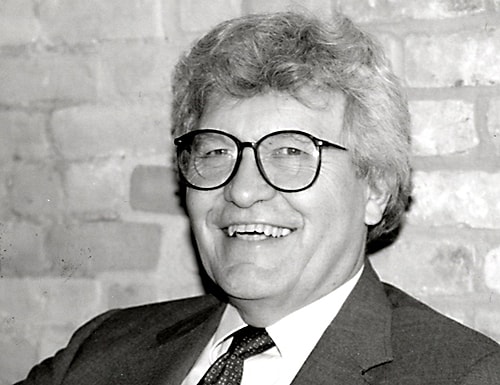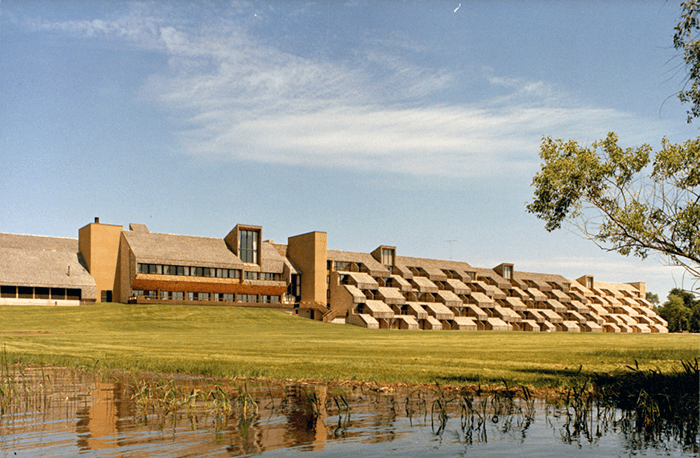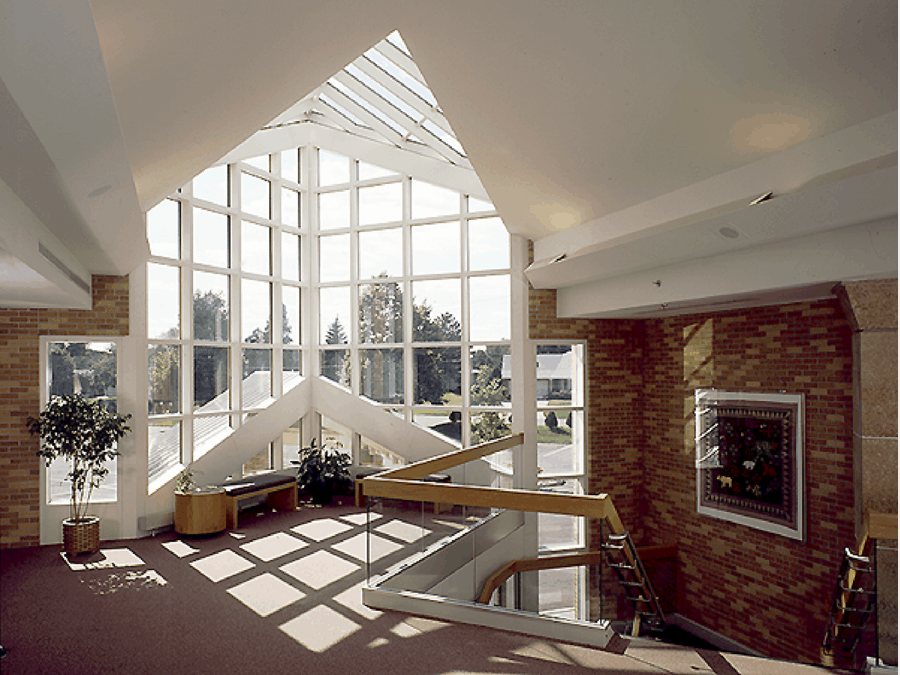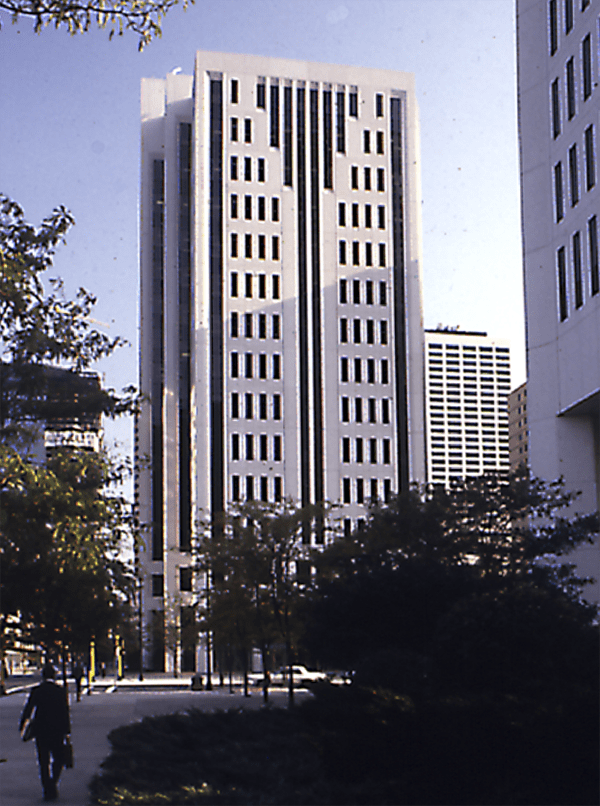Brandon King has seen the costs of a facility from both ends of the spectrum.
As an architect and owner’s representative, he’s seen the first costs, those capital expenditures for design and construction that are established after months or years of planning.
As a facilities manager and regional director for planning, design, and construction at a large, multistate health system, he’s seen the operational costs, from the energy use to operational efficiencies and facility resiliency.
Along that line, he’s noticed gaps, those in understanding of why building owners make certain decisions and those in the capacity to manage facility assets that preserves its effectiveness and operational integrity over the life of the building.
“Over the life of a building, many times more than first costs are spent on building operating expenses. These facilities are around for 30 years or longer, and building owners have many needs that they are trying to address on their own,” King said.
It is with that view that King recently joined BWBR as senior strategic facility advisor, a new position that brings a client-side, operations-centric focus to facility design and management. His two-decade experience spanning architecture and real estate consulting to management of both facilities and planning, design, and construction of complex spaces gives him special insight into the challenges that owners experience during their buildings’ life cycle.
“When you see a design, you understand it’s a representation of a diverse set of opinions at that particular time in an organization,” he said. “Over time, models of operations evolve, and expectations change for user groups, such as patients and care staff, college students, or scientific researchers. Organizations must continue to focus on their strategy to meet the needs of their business and stakeholders. The building should facilitate that strategy even through evolutionary and generational change.”
King’s curiosity into creative design as well as operations management is what led him down this dual path, reflected in his academic training. He holds master’s degrees in both architecture and business administration, the latter of which he pursued after working in the architecture field. While he thrives on architecture’s ability to put order to a complex world, he also wanted to learn more about why and how decisions are made on projects.
“From activation planning to change management to ongoing occupancy evaluation and measurement, even the best designs benefit from a kind of ‘human commissioning’ so that facility managers can show their organizations are achieving the efficiencies they planned to achieve.”
Brandon King, AIA, MBA
With his MBA, he found himself sitting at the table in a different position: as the owner’s rep, team leader for capital projects, real estate strategist and advisor, and regional facilities director. The conversations he was having grew to include counterparts in finance, legal, marketing, and human resources.
“Organizations are made of hundreds of diverse opinions, and architects come in at really intense moments,” King said. “Architects are very good at bringing together those varied interests and absorbing the information to output a building. It’s at the heart of their design-thinking capabilities. That same expertise can be applied to operations, where the complexity and constant change can make it just as intense and demanding as capital planning and design.”
From activation of a space as it’s brought online to ongoing utilization analysis to measuring the continued effectiveness of the space, King sees points in the life of a building where there are opportunities for organizations to maximize their capital investment. Staff utilization is only one of the factors limiting an organization’s ability to seize on these opportunities.
“If you look at today’s mechanical systems, their complexity calls for commissioning by engineers for organizations to achieve optimal performance from their investment. Today’s buildings, themselves, are no different. From activation planning to change management to ongoing occupancy evaluation and measurement, even the best designs benefit from a kind of ‘human commissioning’ so that facility managers can show their organizations are achieving the efficiencies they planned to achieve,” he said.
“The two biggest costs for organizations are human resources and facilities. The connections between those costs are the building designs and how they facilitate productivity, creativity, collaboration, efficiency, and resiliency. It puts facilities in a vital strategic position to help organizations manage their costs. With a better understanding of facility management needs and our knowledge of design performance, we can bridge the gaps to help managers and directors achieve their planned goals.”
King joins a growing part of BWBR focusing on integrating design with operational strategies and services to optimize facility operations, building performance, and human performance.


